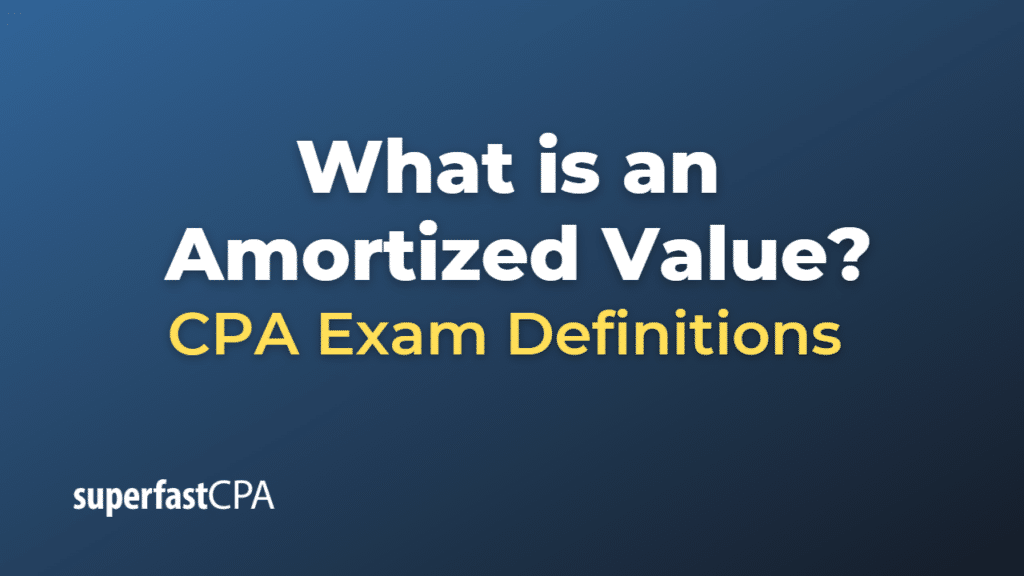Amortized Value
Amortized value is the current value of an asset or liability after accounting for the systematic reduction of the initial premium, discount, or other adjustments over a period. In other words, it is the adjusted value of an asset or liability after factoring in the effects of amortization.
Amortization is the process of gradually allocating the cost of an intangible asset or discount/premium on a financial instrument over its useful life or maturity period. The amortized value represents the remaining balance after the amortization expense has been deducted.
Example of an Amortized Value
Let’s consider a company that issues a bond with a face value of $100,000 at a premium, selling it for $105,000. The bond has a maturity period of 5 years, and the company uses the straight-line amortization method to amortize the premium.
The premium on the bond is $5,000 ($105,000 sale price – $100,000 face value). With a 5-year maturity period, the annual premium amortization would be $1,000 ($5,000 premium / 5 years).
At the end of each year, the company would record a $1,000 reduction in the bond premium and an equivalent reduction in the bond’s carrying value. Here’s how the bond’s amortized value would change over the 5-year period:
- End of Year 1: $104,000 ($105,000 – $1,000)
- End of Year 2: $103,000 ($104,000 – $1,000)
- End of Year 3: $102,000 ($103,000 – $1,000)
- End of Year 4: $101,000 ($102,000 – $1,000)
- End of Year 5: $100,000 ($101,000 – $1,000)
By the end of the 5-year period, the bond’s amortized value would be equal to its face value, as the entire premium has been amortized.













